Written by: Zul Khoiron Nst (15118010)
At the end of July 2022, Hydrographic Research Group of ITB in collaboration with the Physics Engineering Team of ITS carried out a community service in Gili and Bawean Islands, East Java. The community service was carried out as a form of participation of the two teams in helping economic recovery on the island.
The Bawean Islands are situated around 120 km north of Gresik Regency. The islands cover an area of 197.42 km2. There are 30 villages located in two sub-districts, namely the Sangkapura and the Tambak Districts, with the total population of around 107,761 people. Gili Island is an island located about 2.30 km east of Bawean Island, inhabited by at least 700 head of families with various ethnic types. Gili Island itself does not yet have a fixed source of electricity that can be used for daily life. Therefore, we were planning to install a solar panel system as one of the alternative source of electricity that can be utilized by the people of Gili Island.
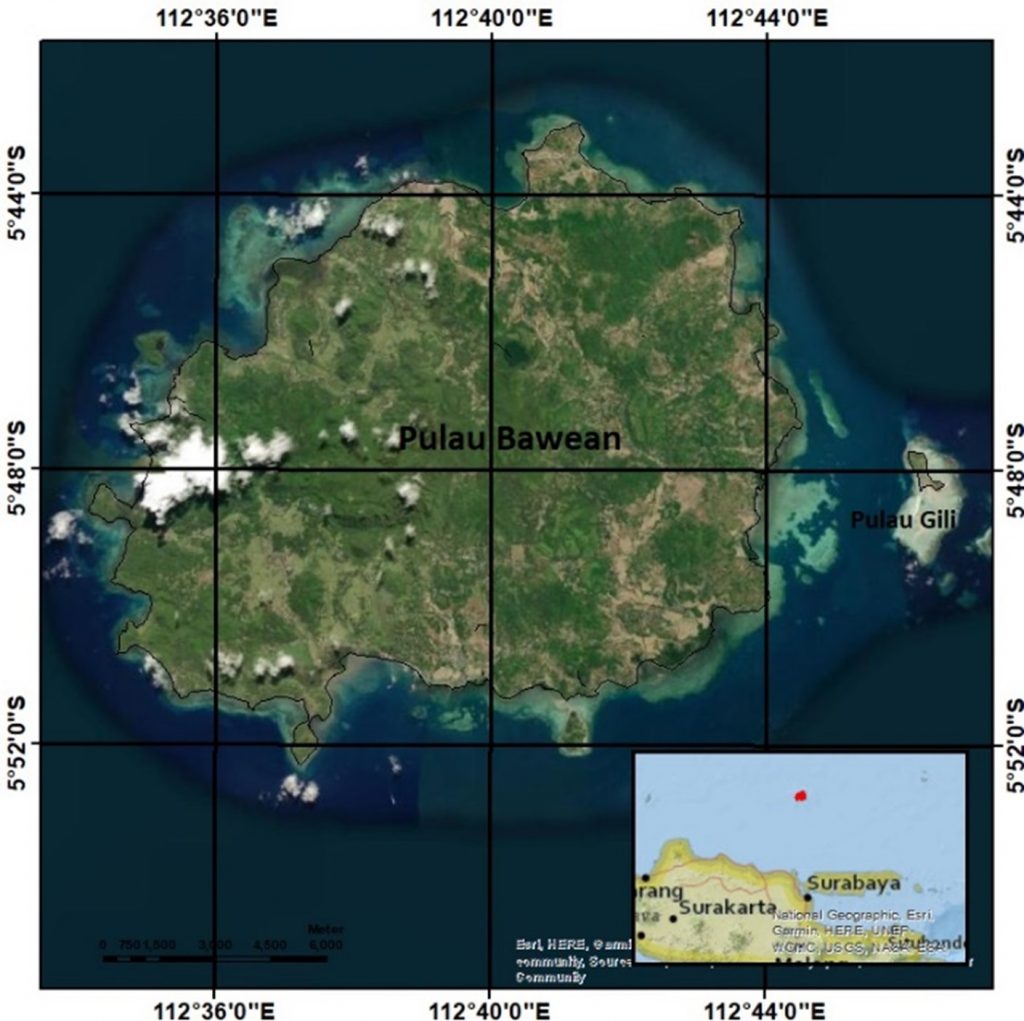
Gili and Bawean Islands, East Java
A total of 16 people were involved in the installation of the solar panel system. We crossed the sea from Pacitan Port, Lamongan Regency, to Bawean Port by ship for about eight hours. Activities were divided in two places, on Bawean and Gili Island. Gili Island can be reached by fishing boat for approximately 30 minutes from Bawean Island.

Community service team members
We started off by installing the automatic weather station (AWS) to observe meteorological parameters, such as temperature, air pressure, and solar radiation. The obtained data will be used for renewable energy potential models verification.
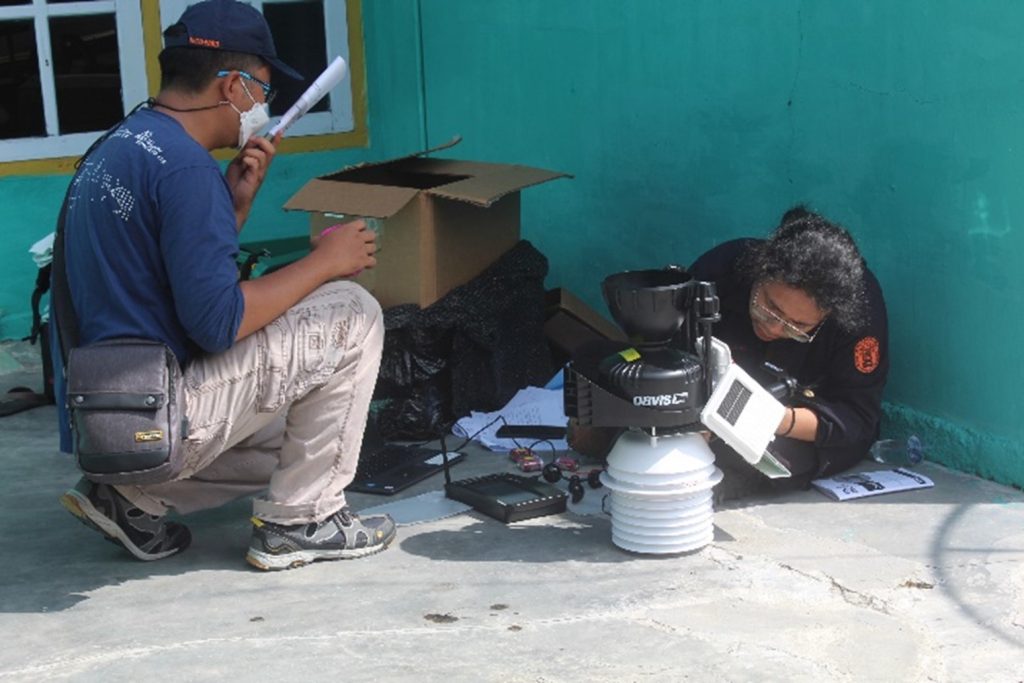
AWS installation
Afterwards, we carried out interviews with the local residents of Gili Island regarding Renewable Energy. The interviews were conducted with the village chief as well as some villagers. The interview covers topics on the source of electricity, the use of electricity, and the cost of electricity on the island. The responses will be considered for future electricity procurement.
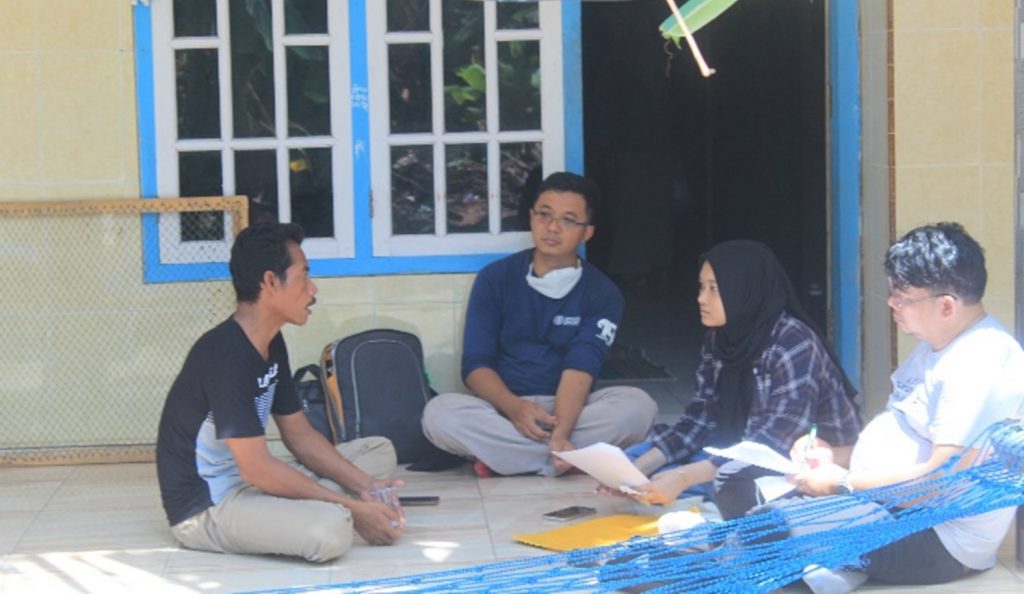
Interview with the head of the village

Interview with villagers
We then carried out surveys of river flows at several water discharge points. These data will be used to verify the hydropower potential model. At the discharge points, we measured the cross-sectional area and the flow velocity. The cross-sectional area was obtained by measuring the width and depth of the river, while the flow velocity was measured using a submersible current meter.
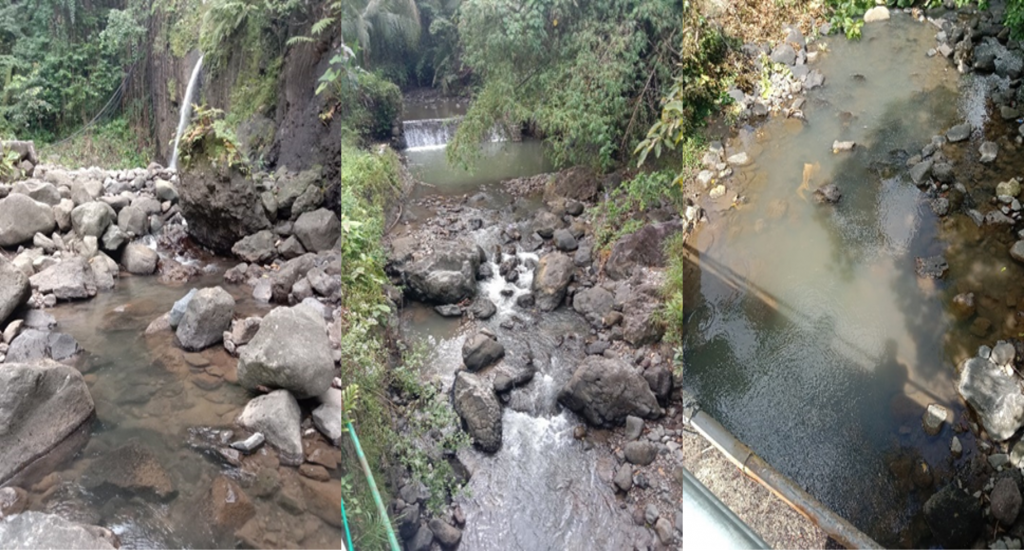
River discharge observation points
Finally, we carried out solar panel system installation, which will be used as a source of electricity for refrigerators and public street lamps. Refrigerator is an important tool on the island as it is used to create of ice cubes, which are used to keep the fishes caught by the fishermen fresh and not easily rotten. Meanwhile, the public street lamps are important for the residents to navigate at night.
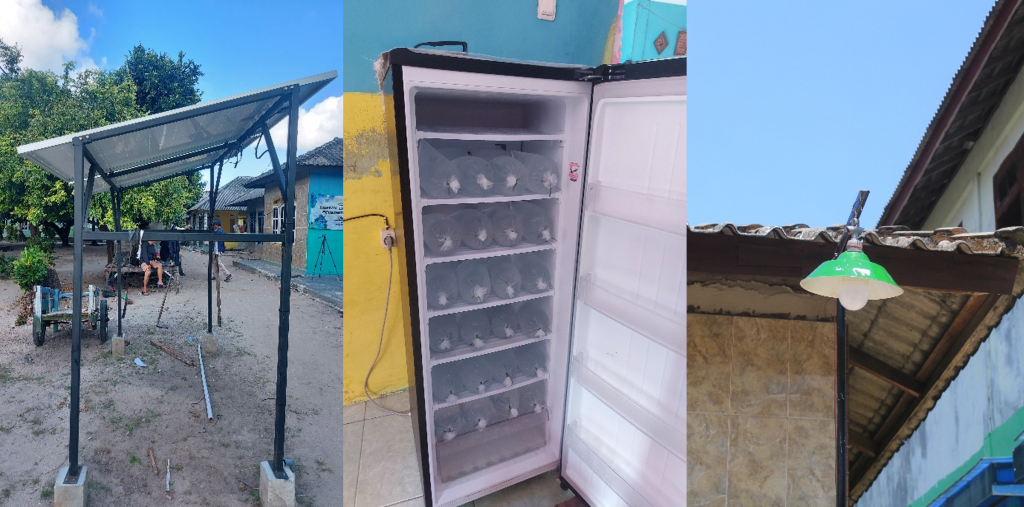
Solar panel, refrigerators, and street lamps
I’m so grateful to take part on this project. I gained a lot of new knowledge and insights related to renewable energy use and potential, especially in solar energy. The experience of conducting such community service has been hugely valuable. It also led me to visit and explore a new and beautiful island of Indonesia.
